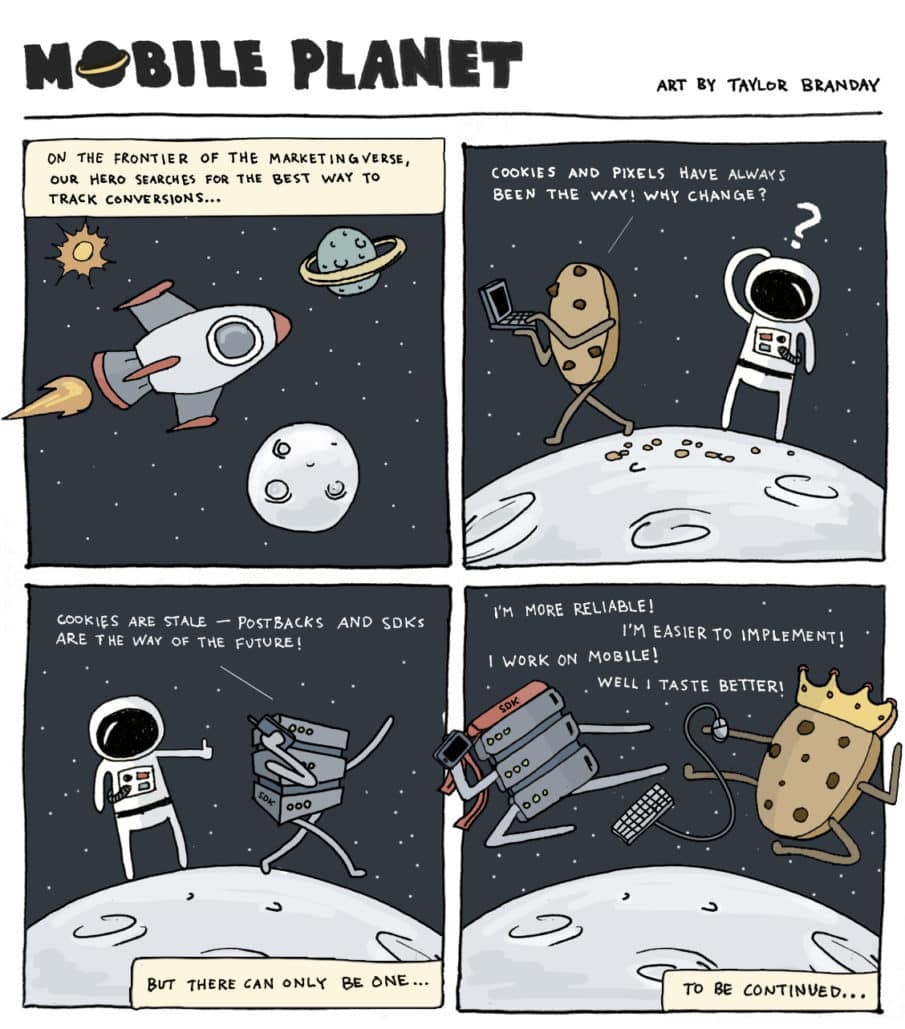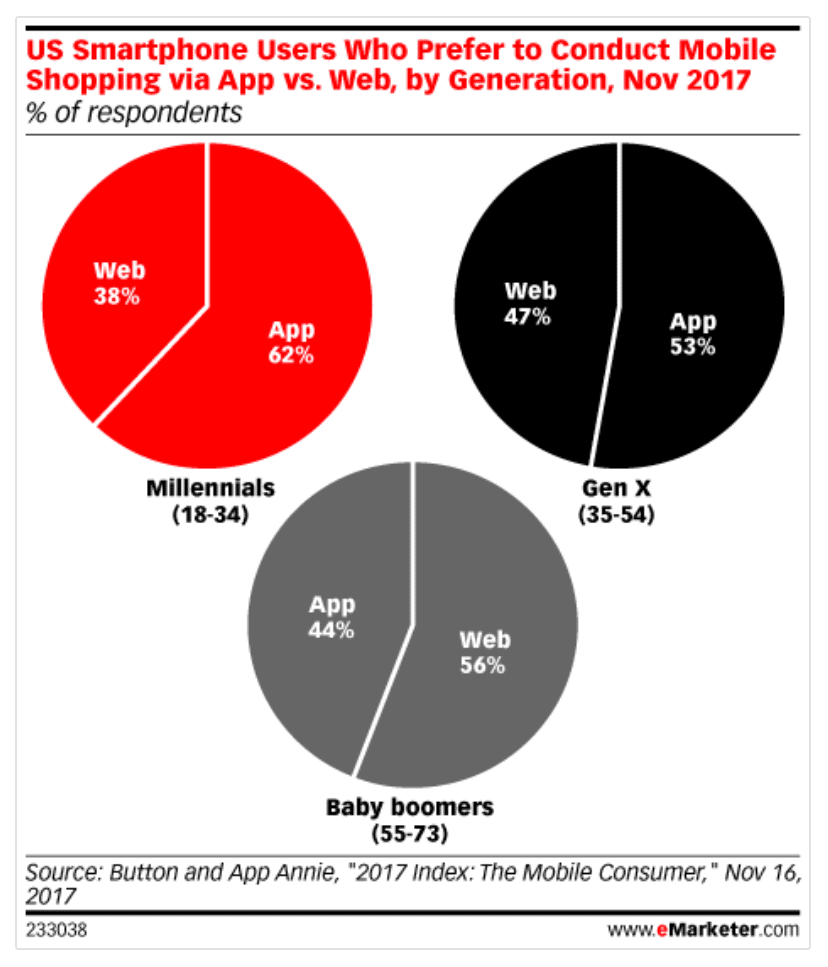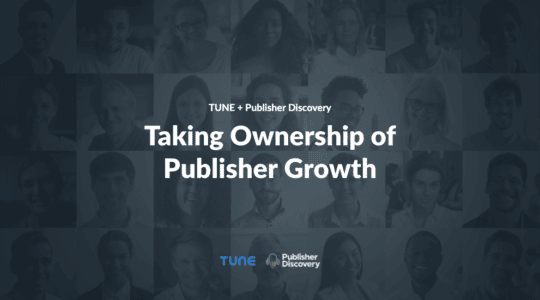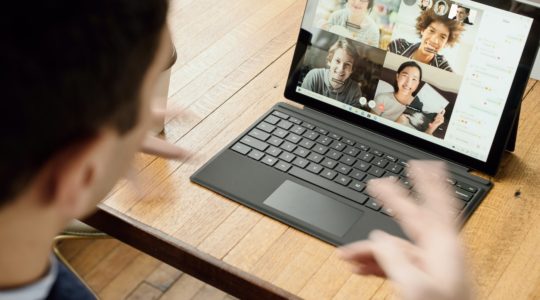 In the marketing universe, two types of partner marketers co-exist: Traditional Desktoppers and Modern Mobilites. While their goals are the same — “grow the customer base” — their tools and languages are quite different.
In the marketing universe, two types of partner marketers co-exist: Traditional Desktoppers and Modern Mobilites. While their goals are the same — “grow the customer base” — their tools and languages are quite different.
Traditional Desktoppers were born on the web, in the affiliate marketing era, using cost-per-sale and cost-per-action incentives. They depended on a combination of cookies and pixels to track their ad spend, and they lived this way for many years.
Conversely, the Modern Mobilites are user acquisition (UA) specialists evolved from marketing in the app stores, growth hacking to drive downloads, and using cost-per-install incentives. Through software development kits (SDKs) and server-side tracking, they focus on closing the gap with app stores to measure conversions.
This is not science fiction; today, there are partnership siloes that need to be re-examined. While a simple language barrier may be the root cause of these siloes, a technology barrier has become the sustaining force behind them. The fact is, we are now a mobile planet. Marketers must take proactive measures to equip themselves with the right tools to manage the nuances of this strange, technology-driven world.
This short series is designed to help you do just that. In the following posts, I will explain why now is the time to turn on mobile partnerships, what the perceived barriers are to change, and how you can get your own mobile partner program off the ground.
Why Change Now?
A number of big disruptions in the performance ecosystem have converged to create a true case for action:
- better, more effective technology to make new digital channels soar for partnerships
- an explosion in the types of performance-based partners to work with — influencers, app developers, business development relationships, and more
- a growing set of privacy hurdles that interfere with the way marketers track consumers and the ads they see, especially when those consumers travel between web, mobile web, and app
There is no better time than the present to bring affiliate and partner marketing together with user acquisition by building upon the best each side has to offer. And don’t forget mobile web, the great black hole in this marketingverse. So much opportunity lost without a solution.
Today is a new day for digital marketers. Much has changed over the past five years:
First, tracking methods have advanced. The tracking platforms, the measurement tools, and the ability to deterministically attribute traffic is eons better today than it was even a few years ago.
Second, mobile payments and mobile commerce are now commonplace. Where there is smoke, there is fire; mobile partners are ready to build advertising supply to support this.
Third, along with better methods to conduct business are better customer experiences. These have been optimized over the past five years to the point where it is relatively seamless to move from one app to another app, or from a mobile webpage to a desktop site. From ad to app, paths to download apps or traverse the mobile web are significantly better.
Users will continue to make mobile their channel of choice as all of these factors improve. More ad inventory will open up. More budget will be allocated. More customers will buy. A good virtuous cycle will establish and renew itself.
And lastly, with all of this activity, you better believe there will be more bad actors trying to take their share. Over the years, better tools and fraud controls have been developed, allowing advertisers to address fraud effectively.
The Data Constellations Tell a Similar Story
But you don’t have to take my word for it. Just look at the data.
Over the past few years, digital and mobile have become synonymous. Mobile is a highly desirable channel. The lifetime value of mobile app users is better than their not-installed brethren. Big money is behind app installs, and the big companies behind that money are starting to focus on life after the install.
It’s not just the mobile-only companies of the world – the Ubers and Lyfts and Zyngas – that are driving mobile app growth, and thus growth from mobile apps. Just about all traditional brands are driving it, too. Disney. Expedia. Safeway. Apps convert 300% better than mobile web, making mobile affiliate a critical component of any retailers marketing strategy. Plus, new media opportunities like over-the-top (OTT) technology, voice assistants, and the internet of things (IoT) have much more in common with mobile than they do with desktop web.
The mobile channel is ripe for the picking — or in this case, the optimizing. It is worth noting that retailers pay 3-5X more than they should to acquire users, and the cost to acquire a user through the Google/Facebook duopoly is increasing each year. There is so much of that gap left to close, but it is closing.
The good news is that mobile measurement providers (MMPs) have already paved the way. An astonishing $64 billion is expected to be spent on mobile app install marketing in 2020. (To put that in perspective: $1 million was spent on mobile app marketing just in the time it’s taken you to read this article.) That number becomes less surprising given the $250 billion valuation of the mobile marketing attribution industry. In other words, mobile is being measured. It’s time to start managing mobile networks to optimize.
Building on the numbers is a change in consumer behavior, perhaps the most practical signal that life has permanently changed in the mobile era. Shoppers in the United States are showing a preference to shop via app, with millennials showing the strongest preference for app commerce. Half of the U.S. mobile population uses mobile coupons. And 65% of retail shoppers say geo-targeted mobile coupons would make them more likely to shop.

Mobile is driving significant changes in consumer behavior. Source: eMarketer
Mobile marketing is particularly suited for digital marketers. Why? Segmentation is super efficient on mobile. For every $100 spent acquiring a user, it only costs a third of that amount to keep them. And through mobile, you can dynamically segment using tests and controls to prove you’re driving incremental traffic from your affiliate channel, which eventually translates into efficient acquisition spend. Personalization meets purchase intent on mobile. Amazing what happens when you marry device and geotargeting with push notifications.
So, what’s stopping you?
To answer that question, head over to the next episode in our series, Mobile Planet #2, where we discuss the barriers that have kept many marketers from partnering across the desktop and mobile worlds.
Want to skip the series? Get the whole story in our e-book, “Mobile Planet: A Brave New World for Affiliate Partnerships.”
Author
Becky is the Senior Content Marketing Manager at TUNE. Before TUNE, she handled content strategy and marketing communications at several tech startups in the Bay Area. Becky received her bachelor's degree in English from Wake Forest University. After a decade in San Francisco and Seattle, she has returned home to Charleston, SC, where you can find her strolling through Hampton Park with her pup and enjoying the simple things in life.




Leave a Reply
You must be logged in to post a comment.